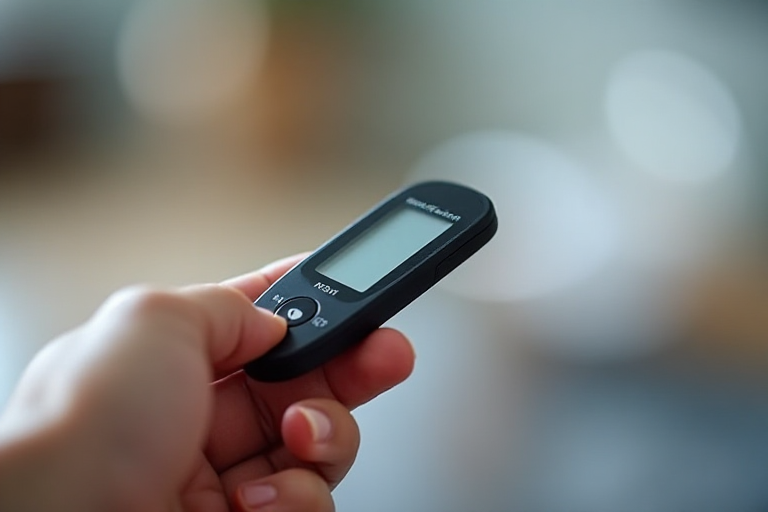
Maintaining optimal health is a multifaceted endeavor that involves a balanced diet, regular exercise, and consistent monitoring of vital health metrics. Among these, blood sugar levels play a crucial role, especially for individuals managing diabetes or those at risk of developing it. This article delves into the importance of blood sugar monitoring, the technology behind blood glucose meters, and how integrating this practice into your daily routine can enhance your overall health and fitness.
Blood sugar, or glucose, is the primary source of energy for the body’s cells. The regulation of blood glucose levels is vital for maintaining energy, mood stability, and overall metabolic health. For individuals with diabetes, the body’s ability to regulate blood sugar is impaired, making regular monitoring essential to prevent complications such as neuropathy, kidney damage, and cardiovascular diseases.
Modern blood glucose meters are compact, user-friendly devices that provide quick and accurate readings of blood sugar levels. These devices work by analyzing a small drop of blood, usually obtained through a finger prick. The blood is placed on a test strip, which is then inserted into the meter. Within seconds, the device displays the glucose concentration in the blood, allowing for immediate assessment and action if necessary.
Regular monitoring of blood sugar levels can empower individuals to make informed decisions about their diet, exercise, and medication. For athletes and fitness enthusiasts, understanding how different activities affect blood sugar can optimize performance and recovery. For instance, intense exercise can lower blood sugar levels, necessitating adjustments in carbohydrate intake or insulin dosage for those on insulin therapy.
Incorporating blood sugar monitoring into a health regimen is not just for those with diabetes. It can also be a proactive measure for anyone interested in maintaining optimal health. By tracking how different foods and activities affect blood sugar, individuals can tailor their lifestyle to support stable glucose levels, which is beneficial for energy management, weight control, and reducing the risk of chronic diseases.
Choosing the right blood glucose meter is crucial. Factors to consider include ease of use, the size of the device, the cost of test strips, and additional features such as data storage and connectivity with smartphones or computers. Some advanced models offer trend analysis, which can help identify patterns in blood sugar fluctuations over time, providing valuable insights for managing health.
In conclusion, blood sugar monitoring is a vital tool for managing and improving health, particularly for those with diabetes. However, its benefits extend to anyone interested in maintaining a healthy lifestyle. By understanding and utilizing blood glucose meters, individuals can take control of their health, enhance their fitness routines, and prevent potential health issues. Embrace the power of knowledge and technology to lead a healthier, more active life.
